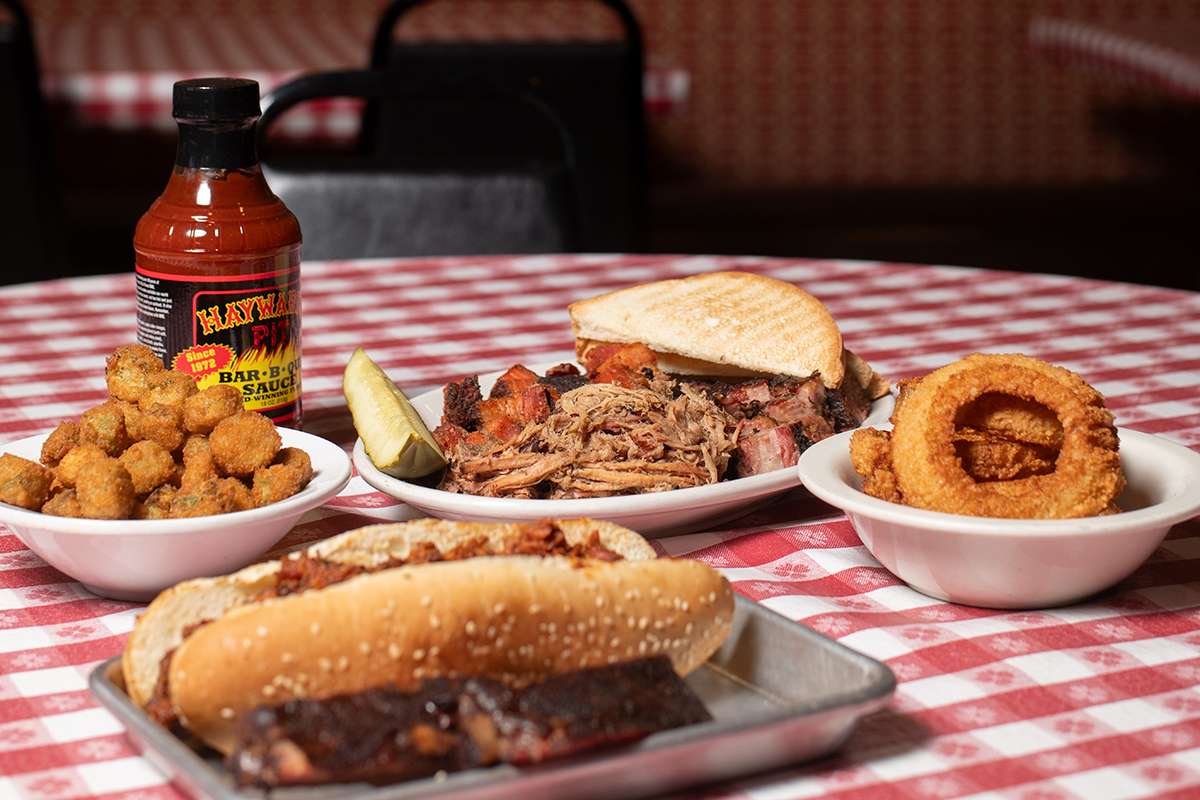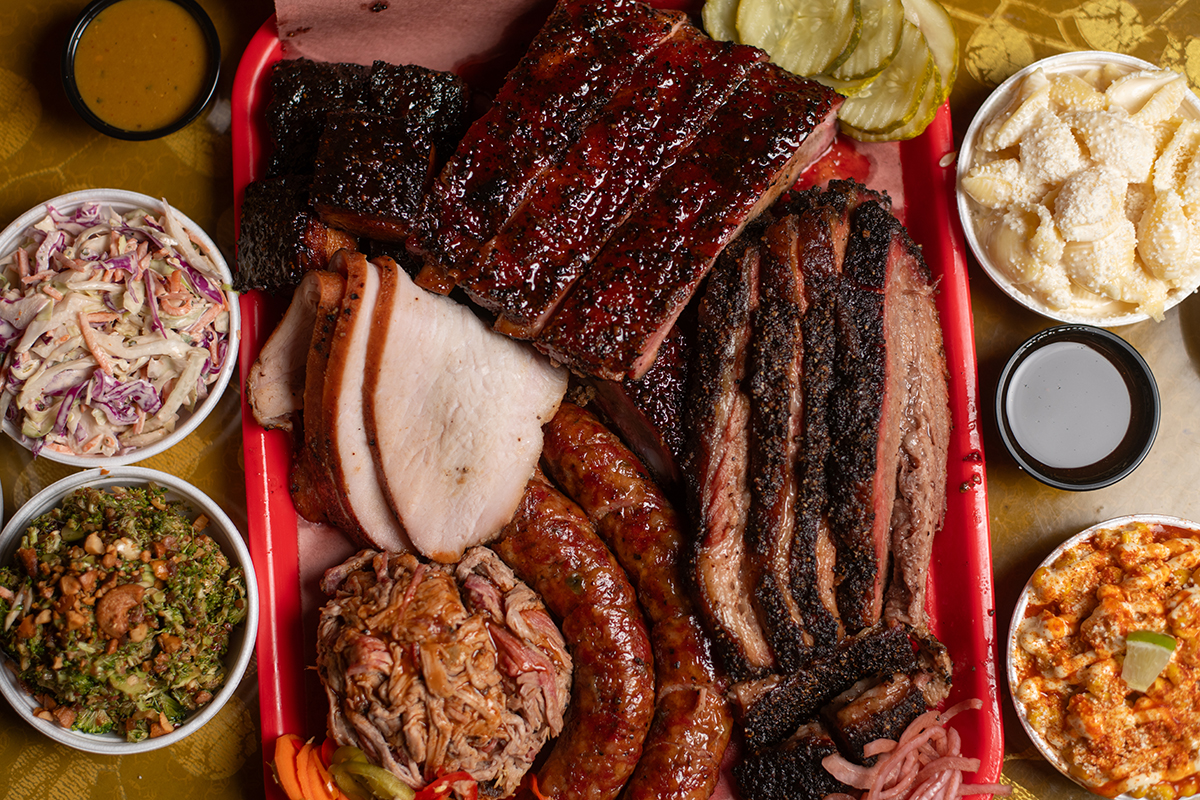The Negro Leagues Baseball Museum keeps hitting home runs. From its humble beginnings thirty-three years ago in a one-room office at the Paseo YMCA to its own facility, the museum is making moves.
Museum officials recently announced their “Pitch for the Future ‘’ campaign, which aims to raise $25 million to build a new thirty thousand-square-foot facility adjacent to the museum’s recently renovated Buck O’Neil Education and Research Center. Located in the historic 18th and Vine corridor, both buildings together will create the Negro Leagues Campus. The campus will have educational areas, archival materials, exhibits and conference rooms and is intended to solidify the museum’s position as a nationally recognized institution.
Negro Leagues great Buck O’Neil helped lead the fundraising effort for the museum’s first permanent ten thousand-square-foot building, which opened in 1997. Since then, more than two million people have visited the museum. It has grown to become one of the most important cultural facilities in the nation, documenting a remarkable piece of baseball and American history, according to Bob Kendrick, president of the NLBM.
“Now, we’re building an organization that will continue to preserve and celebrate the triumphant story of the Negro Leagues but also fortify our position as one of the nation’s most important civil rights and social justice institutions,” Kendrick says.

Campaign funding will help the NLBM expand its programming, create dynamic interactive displays and build new exhibitions at the new facility. The museum will be equipped with immersive exhibitions letting visitors dive deep into African American baseball history.
In the 1800s, well before Jackie Robinson broke the Major League color barrier, African Americans had already immersed themselves in the world of baseball, playing on military and college teams. Some players even found their way to professional teams with white players, but it wasn’t long before Black baseball players were forced off those teams.
Rather than entirely quit America’s pastime, they joined disparate leagues scattered across the United States, often embarking on long barnstorming tours, playing anyone who would challenge them.
Eventually, in 1920, within the historic walls of the Paseo YMCA, the National Negro League was formed under the guidance of Rube Foster, esteemed manager of the Chicago American Giants. After the National Negro League was formed in the Midwest, rival leagues began to form in the West and the South.
The National Negro League initially had eight teams, including the Kansas City Monarchs, for whom Negro League Hall of Famers Buck O’Neil, Satchel Paige and Cool Papa Bell played. Jackie Robinson also graced the Monarchs roster before signing to the L.A. Dodgers in 1945 and making history as the first African American to play in Major League baseball.
In the following years, increasingly more Black players signed to Major and Minor Leauge teams, and the era of National Negro League baseball ultimately came to an end.
However, the NLBM is still dedicated to keeping that history alive by continuing to tell the powerful stories of Negro League baseball players. It is a story of adversity and perseverance that the museum has been dedicated to preserving and telling for the past thirty years, and, with a new facility, one they will continue to tell for generations to come.
“Just like the Negro Leagues, it is important that we dare to dream,” says Kendrick of the organization’s future facility.





